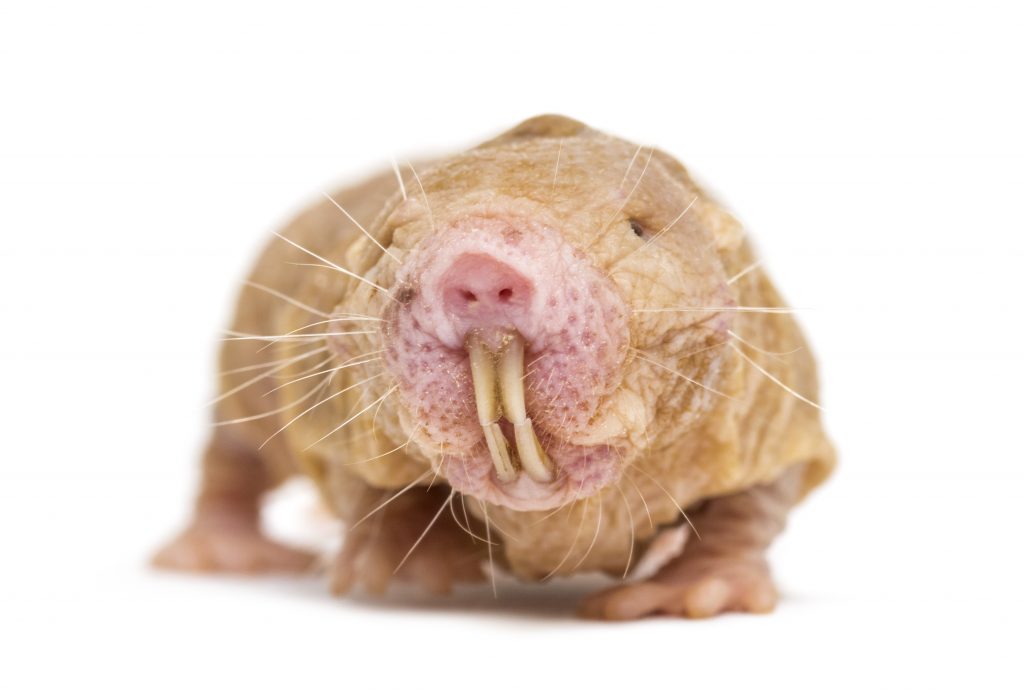
Birds, dolphins, and bees are all well-known within the scientific community for their ability to communicate in ways that resemble human language in one manner or another. Now, scientists can add another species to the list of animals with complex communication faculties: the naked mole rat.
According to a paper recently published in Science, naked mole rats showcase considerable dialectal variation in their “soft chirp” vocalizations, which communicate membership to a shared colony—comparable to the way a human’s regional accent or dialect can tell us a little bit about that person’s geographic background.
“With a simple vocal greeting, humans convey individual identity (distinctive voice) and cultural identity (dialect usage),” the paper reads. “Here, we show that naked mole-rats also signal social membership with dialect usage.”
For many decades, scientists have been interested in language-like communication between animals for its potential to shed some light on the evolutionary pathways that have led to the development of complex human language. While animal communication is considerably less expressive and creative than human language, studying examples of animal communication that resemble language can allow researchers to better understand our own linguistic faculties and where they came from.
Young mole rats who are raised in a different colony from the one they are born in produce the chirp associated with the adoptive colony—not their native one, indicating that these vocalizations are memorized behaviors. According to the paper, the soft chirps are unique among other forms of mammal vocalizations in that they are not innate, genetically inherited traits, but rather, learned behaviors that are developed early on in the mole rat’s life. Naked mole rats are the first rodents documented to undergo such behavior.
First, the researchers used more than 35,000 recordings of chirps from mole rats across seven different colonies to develop an algorithm that was able to successfully analyze the acoustic features of individual chirps in order to predict which colony it came from. In order to test that the mole rats actively tune into these differences, the researchers then conducted a place preference experiment. Individual mole rats were placed in two interconnected chambers with different recordings of chirps playing inside them. The mole rats showed a significant preference for the chambers in which the chirps most closely resembling their native colony were playing.
“Unlike other rodents, the almost blind, highly social, yet xenophobic, naked mole-rat has a colony specific greeting that is learned in early life and facilitates recognition of colony members and thereby helps maintain colony cohesiveness,” writes researcher Rochelle Buffenstein in a synopsis of the research for Science.





